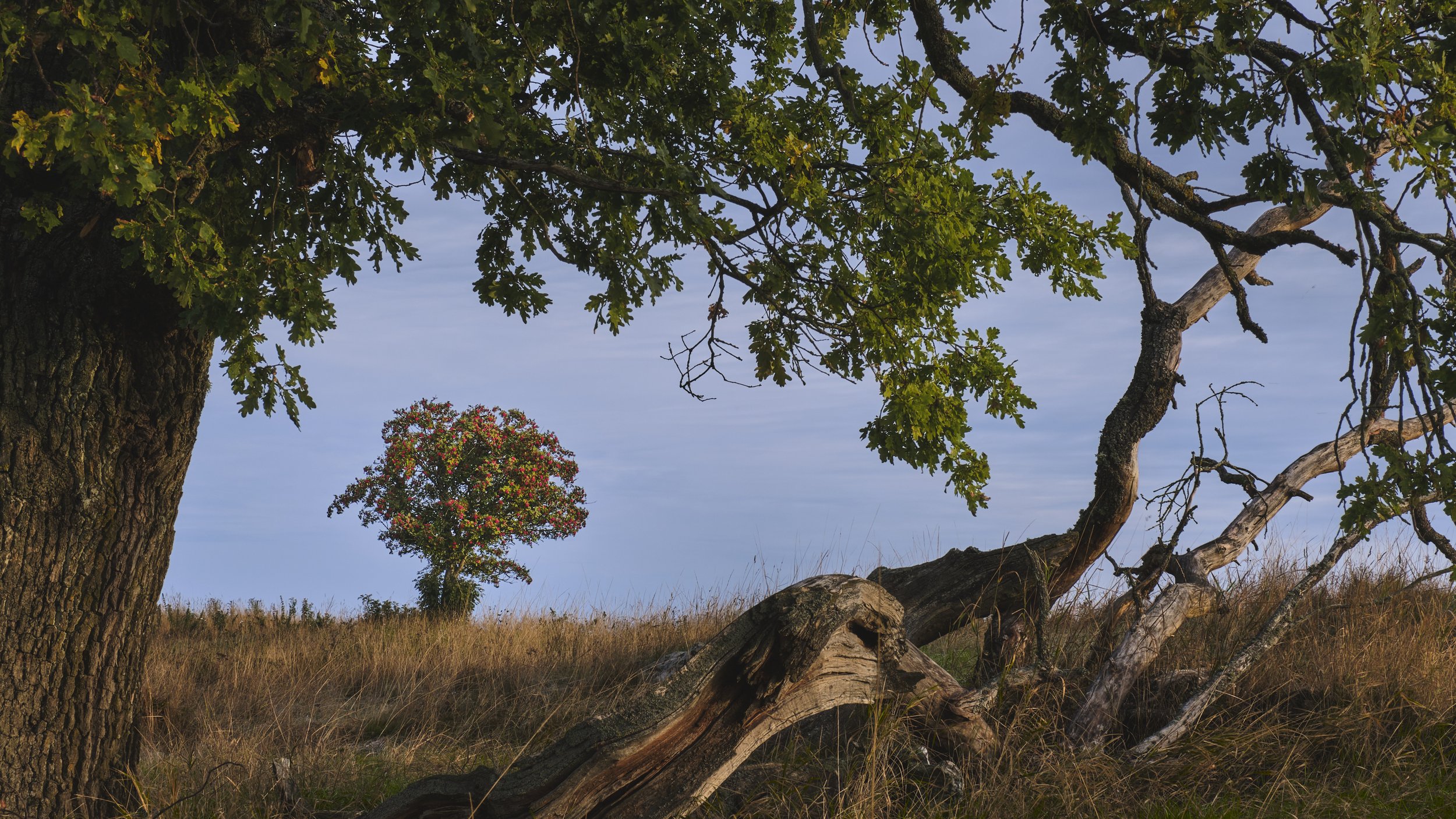Frame in Frame , A compositional technique
What is the most common compositional rule in photography? Most likely your answer is the rule of thirds. Undoubtedly, this is a very powerful technique to compose an appealing photograph. But is this the only way? Of course NOT.
You see this rule as an overlay in most cameras and editing software, and this is sometimes the only overlay or visual guidelines that you get in some devices.
If you feel you’re stuck using the overlay grid on the back of your camera that force you to use rule of thirds in all of your photographs, and if you are looking for a scape from this over-used technique, then this article might be a scape passage for you.
I have been using the rule of thirds for many years and that was the only compositional tool that I knew. But that is not the case any more. I developed my skills as a photographer as soon as I learned about all other techniques that one can use to compose an image.
Perhaps one of my favorite techniques in photography, nowadays, is frame in frame. This technique is simple but effective. You can create an engaging image when you use it. You can always combine this technique with others, such as rule of thirds, symmetry, golden ratio and so on and so forth.
What is Frame in Frame?
When you use an element or an object in the scene as a window to look through and frame your main subject, then you have a natural frame that is inside the frames of your photograph, and therefore it called frame in frame.
A classic example of this technique is when a photographer places his/her subject in a room and shoot from outside of the doorstep, while the door is open and you can see the subject through the door and part of the photograph is just filled with the outside walls. This has been used in many movies as well.
How to use Frame in Frame in landscape photography?
The most common and easiest way is to find a tree or some branches that can be used as your foreground and position yourself in a way that your main subject or scene is on the other side and can be seen through the branches of the selected foreground tree.
In the example below, I found a natural window between some trees on one side of a lake and used that as a frame, to frame the lake house in a wintery sunset.
Here is another example:
But, that is not the only way. You can use so many other things, like shooting from inside a cave and towards whatever is outside and use the cave's entrance as your frame inside the image's frame.
Let's not stop there and make it even more interesting,
The frame doesn't have to be completed. It can be partially open in one or two sides. If you look at this panorama below, you still can feel that the foreground oak tree and the dark grass under it, are framing the main oak tree in the image. The key is to not include most of the foreground tree, and keep it around the edges of the image.
Now, the last tip opens up a new door to become creative with this technique.
Let me ask you this question:
Does the frame has to be always in front of the subject?
Imagine you have a (physical) frame on your wall and the main photo, inside that frame, is embossed and stands out of the surface. Doesn't it sound interesting?
So, I can tell you you can do the same thing in your 2d images. Here is an example of that:
If the yellow leaves in the above image, were covering the whole background, they would have become a backdrop for the aspen tree in the foreground, but the way I composed this image, the center is almost empty from the early spring leaves, and therefore they appear as a frame around the foreground trunk.
Are you ready to push the boundaries even further?
If you look back at the first sentence in what is Frame in Frame section, I said: When you use an element or an object…; what does it mean? What if we use reflections or colors? Reflections are a good example and the best way to convey what I mean is to show you the following examples.
In the first frame, I have a dark blue sky and its reflection that is surrounding the yellow colors of the lit up land by the first light of the day.
In the image below, again, the reflection of the dark sky in the calm water creates a natural frame for the focal point of the image, which is the lake and forest.
Frame in Frame, in post processing:
In fact, whenever you use vignette in post processing an image, you are creating an invisible frame inside the boundaries of your photograph that pushes the viewer’s eyes toward the center. And this is exactly what a good frame does, to force the viewer to focus on what is most important in the image. And to create a sense of space for the subject so it can live there and makes a story that is partially covered by the frame itself and because of that it triggers a sense of curiosity in the viewer. Thus the image becomes suddenly more exciting and engaging. This is why this technique can be a powerful tool for composing your next photograph.











